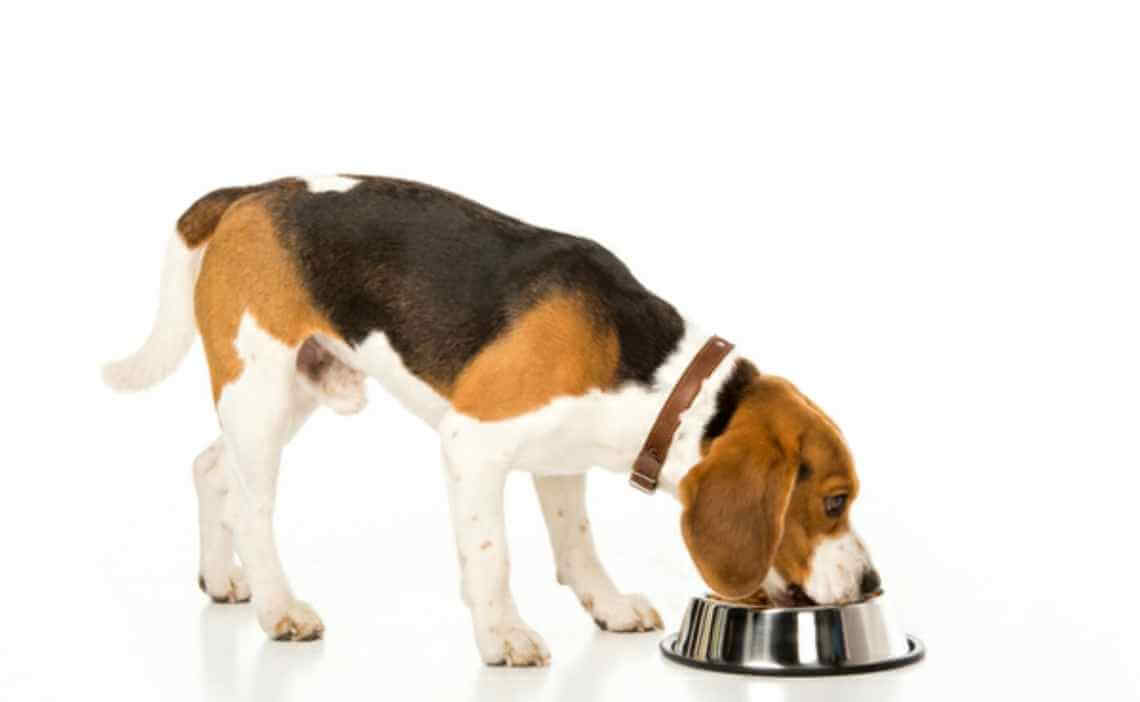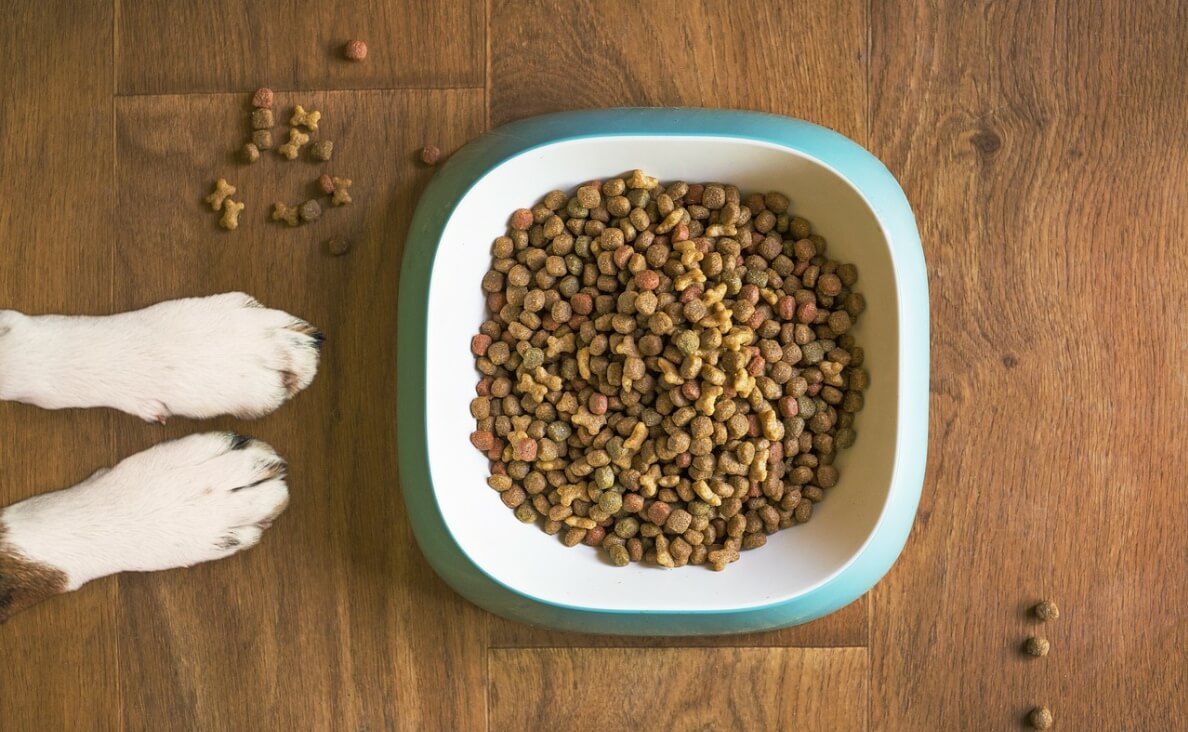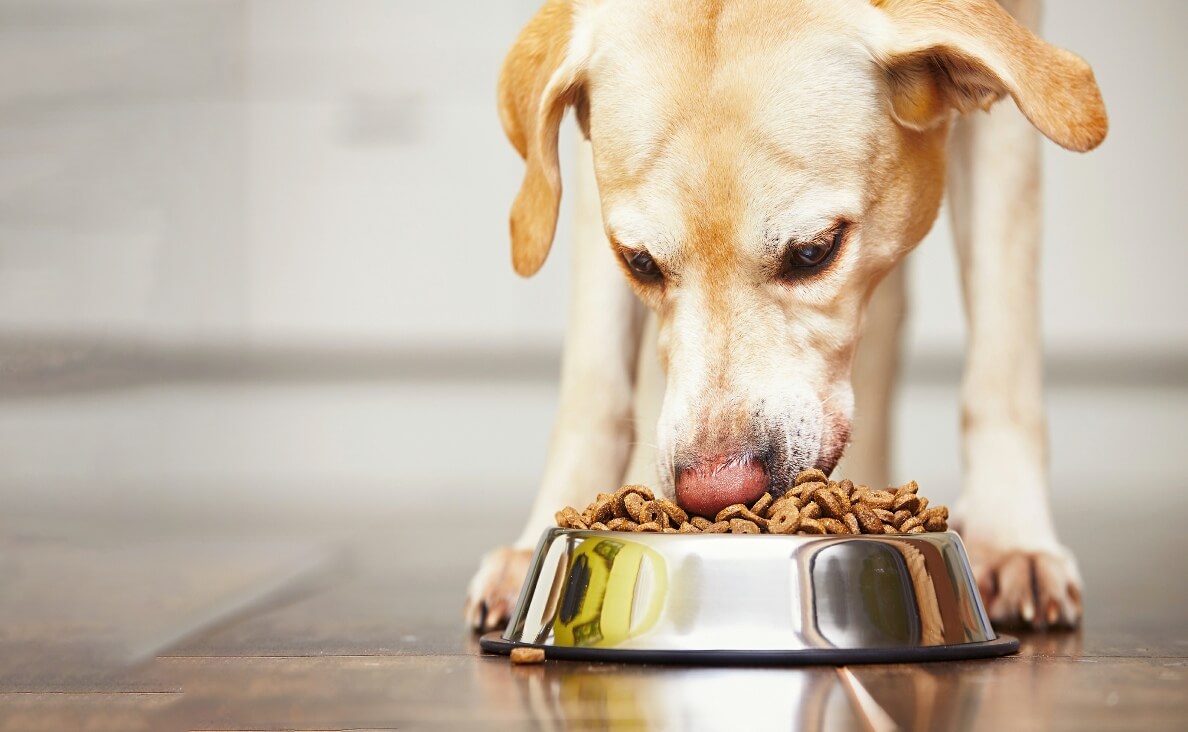
Switching dog food can be a daunting task for pet owners, but it’s often necessary for various reasons such as addressing allergies, meeting new nutritional needs, or simply introducing a higher quality diet. However, making this transition without causing tummy troubles for your furry friend requires careful planning and execution.
In this comprehensive guide, we’ll provide you with seamless tips for switching dog food without digestive issues, ensuring a smooth and healthy transition for your pet.
Understanding the Need for Switching Dog Food
Reasons for Switching Dog Food
There are several reasons why you might need to consider switching dog food:
-
Allergies and Sensitivities
If your dog develops allergies or sensitivities to certain ingredients in their current food, switching dog food to a hypoallergenic option can help alleviate these issues.
-
Age-Related Nutritional Needs
Puppies, adult dogs, and senior dogs have different nutritional requirements. As your dog ages, you may need to switch to a food that better suits their current life stage.

-
Health Conditions
Certain health conditions, such as kidney disease or obesity, may require a specialized diet. Consulting with your veterinarian can help you choose the right food for your dog’s health needs.
-
Improved Quality
Sometimes, pet owners simply want to switch to a higher-quality dog food with better ingredients and nutritional value.
Related: 8 Trustworthy Tips for Selecting the Right Dog Food
Identifying When It’s Time for a Change
Before switching dog food, it’s crucial to identify the signs that indicate a change is needed:
- Persistent digestive issues (vomiting, diarrhea, gas)
- Skin problems (itching, redness, hot spots)
- Lack of energy or changes in behavior
- Noticeable changes in weight or coat condition

Gradual Transition Process
Switching dog food abruptly can cause digestive upset. To avoid this, it’s important to transition gradually. Here’s a step-by-step guide for a seamless switch:
Step-by-Step Guide for Switching Dog Food Gradually
- Days 1-3: Mix 25% of the new food with 75% of the old food.
- Days 4-6: Mix 50% of the new food with 50% of the old food.
- Days 7-9: Mix 75% of the new food with 25% of the old food.
- Day 10: Feed 100% of the new food.
Importance of Monitoring Your Dog’s Reaction
Throughout the transition process, it’s essential to monitor your dog’s reaction to the new food. Watch for signs of digestive distress, such as vomiting, diarrhea, or excessive gas. If any issues arise, slow down the transition process or consult your veterinarian for advice.

Choosing the Right New Dog Food
Selecting the right new dog food is crucial for a successful transition. Here are some tips to help you make the best choice:
Tips for Selecting a Suitable New Dog Food
- Ingredients: Look for high-quality ingredients, such as real meat, vegetables, and whole grains. Avoid foods with artificial additives, fillers, and by-products.
- Nutritional Value: Ensure the new food meets your dog’s nutritional needs based on their age, size, and health status.
- Brand Reputation: Choose reputable brands with positive reviews and a history of producing high-quality pet food.
Consulting with a Veterinarian
Your veterinarian can provide valuable guidance on selecting the right new dog food. They can recommend specific brands and formulations based on your dog’s individual needs and health conditions.

Signs of a Smooth Transition
A smooth transition is key to avoiding tummy troubles when switching dog food. Here are some positive signs that your dog is adjusting well:
Positive Signs
- Normal Digestion: Your dog’s stools should be firm and regular.
- Healthy Appetite: Your dog should eagerly eat the new food without hesitation.
- Energy Levels: Your dog’s energy levels should remain stable or improve.
- Healthy Coat and Skin: Look for a shiny coat and healthy skin without signs of irritation.
Recognizing Potential Issues Early
Even with a gradual transition, some dogs may still experience issues. Watch for signs such as:
- Loose stools or diarrhea
- Vomiting
- Excessive gas
- Decreased appetite
If you notice any of these symptoms, consult your veterinarian to determine the best course of action.

Dealing with Digestive Issues
Despite your best efforts, your dog may still experience digestive issues during the transition. Here are some tips for addressing these problems:
Common Digestive Problems
- Diarrhea: If your dog develops diarrhea, reduce the amount of new food and increase the old food temporarily. Gradually reintroduce the new food at a slower pace.
- Vomiting: Withhold food for 12-24 hours to allow your dog’s stomach to settle. After this period, reintroduce the new food slowly.
- Gas: Adding probiotics to your dog’s diet can help reduce gas and support healthy digestion.
Remedies and Actions to Take
- Probiotics: Probiotics can help balance your dog’s gut flora and improve digestion. Look for dog-specific probiotic supplements or foods that contain natural probiotics.
- Hydration: Ensure your dog stays well-hydrated during the transition. Adequate water intake is essential for healthy digestion.
- Temporary Fasting: If digestive issues persist, consider a temporary fasting period to allow your dog’s digestive system to reset. Consult your veterinarian before fasting your dog.

Benefits of a Successful Dog Food Switch
When done correctly, switching dog food can have numerous long-term health benefits for your dog:
Long-Term Health Benefits
-
Improved Digestion
A gradual transition to a high-quality dog food can improve your dog’s digestive health and reduce the risk of tummy troubles.
-
Better Nutritional Support
The right dog food can provide essential nutrients that support overall health, including strong bones, a shiny coat, and a healthy immune system.
-
Enhanced Energy Levels
A balanced diet can lead to increased energy levels and improved vitality.
Improved Digestion and Overall Well-Being
By following these seamless tips for switching dog food, you can help your dog enjoy a smooth transition with minimal digestive issues. A successful switch can lead to better digestion, improved nutrition, and enhanced overall well-being for your furry friend.

FAQs on Switching Dog Food
Addressing common questions and concerns about switching dog food can provide additional reassurance for pet owners:
Common Questions and Concerns
-
How long should the transition take?
- The transition should take about 10 days, but some dogs may require a longer period. Adjust the timeline based on your dog’s reaction.
-
What if my dog refuses the new food?
- If your dog refuses the new food, try mixing it with a small amount of a favorite treat or wet food to make it more appealing. Gradually reduce the amount of the treat as your dog adjusts.
-
Are there specific foods to avoid?
- Avoid foods with artificial additives, fillers, and by-products. Focus on high-quality ingredients that provide balanced nutrition.

Conclusion
Switching dog food doesn’t have to be a stressful experience for you or your dog. By understanding the reasons for the change, following a gradual transition process, selecting the right new food, and monitoring your dog’s reaction, you can ensure a smooth and seamless switch. Remember to consult your veterinarian for personalized advice and support throughout the process. With these tips, you can help your dog enjoy a healthy and happy transition to their new diet.
Incorporating these seamless tips for switching dog food will not only prevent tummy troubles but also promote long-term health and well-being for your beloved pet.
What has worked for you when switching your dog’s food to something new? Please share your tips in the comments below…

 Is It Safe for Dogs to Eat Human Food? What You Should Know
Is It Safe for Dogs to Eat Human Food? What You Should Know Is Peppermint Safe for Dogs? Everything You Should Know
Is Peppermint Safe for Dogs? Everything You Should Know 8 Trustworthy Tips for Selecting the Right Dog Food
8 Trustworthy Tips for Selecting the Right Dog Food What to Do If Your Dog is a Picky Eater
What to Do If Your Dog is a Picky Eater Understanding and Managing Dog Food Sensitivities
Understanding and Managing Dog Food Sensitivities






Leave a Reply